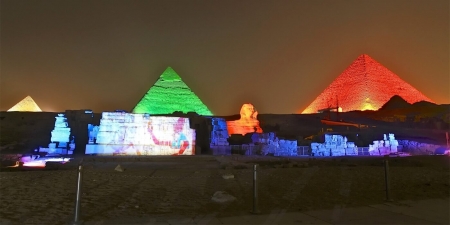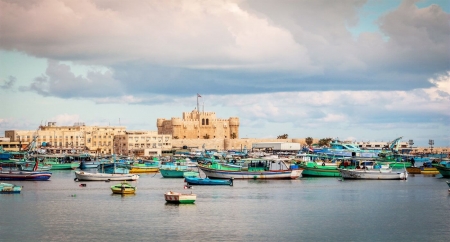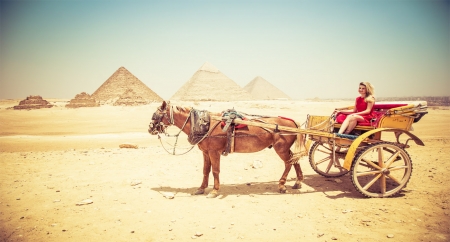-
Home
- Egypt
- Wiki Travel
- Cairo Attractions
- Abusir Pyramids & The City of The Dead Egypt
Abusir Pyramids & The City of The Dead Egypt

Location:
Abusir Pyramids and The City of The Dead Egypt is located at 1.2 miles north of Saqqara, but still at some distance to the south of Giza. Its three main surviving pyramids can easily be seen from the funerary complex of Horus Netjerkhet.
How to get there?
By vehicle: If you need a private transfer, Memphis tours can arrange that for you by Air-conditioned modern vehicle from anywhere in Cairo or Giza.
Sightseeing:
The first royal monument that was built at Abusir was Userkaf's, Solar Temple. Several kings of Userkaf's dynasty would not only follow his example and build their own Solar Temple at Abusir (even though only Userkaf's and Niuserre's have been located), they would also use the site for their funerary monument. One important factor that must have played an important role in the choice of this site is the presence of Abusir Lake, which made the site easily accessible by boat. King Userkaf, the founder of the 5th Dynasty, chose this site to built his solar temple. Several of his successors would not only follow his example and build their own solar temples, they would also prefer this site for their burial. The last solar temple was apparently built by Menkauhor, towards the end of the 5th Dynasty, although it is not found yet, it also seems that with the last solar temple, the kings of Egypt lost interest in Abusir as a burial ground. The site continued to be used, however, by the Memphite nobility until the end of the pharaonic era.
Two royal pyramids of Abusir break the diagonal alignment: the unfinished pyramid believed to have been started by Shepseskare somewhere halfway between Sahure's pyramid and Userkaf's Solar Temple; and the pyramid of Niuserre that was inserted between Sahure's and Neferirkare's pyramids in such a way that the unfinished causeway and Valley Temple that were intended for Neferirkare's monument were diverted to Niuserre's. A small pyramid south of the pyramid of Neferirkare was probably intended as his satellite pyramid but works were halted, presumably at his death and the small pyramid was later on converted into a funerary monument for the queen-mother, Khentkaus II, with its own mortuary temple. Two small pyramids to the east and southeast of Neferefre's pyramid need further examination. Thus far they are assumed to be queen's pyramids, but this is not certain and even if they were, it is not known for which queens they may have been built. Several higher courtiers also moved along with their kings and had their mastabas built near the royal pyramids. The most famous example is that of the royal hair-dresser and vizier Ptah-shepses, whose mastaba features prominently between Sahure's and Neferirkare's monuments. Other mastabas were built to the east of where Niuserre would later build his pyramid, forcing him to modify the layout of his mortuary temple; while others yet were built due east of Neferefre's small and unfinished pyramid.
An important necropolis for the Memphite aristocracy has also been located to the west of the pyramid field. Here there were tombs dated to the 26th and 27th Dynasties that were found, showing that Abusir remained an important funerary site until the end of pharaonic times.
Egypt Travel Guide
Egypt Oases
- Gara Cave
- Al-Deer
- Badr's Museum
- Bagawat
- Black desert
- Cleopatra bath
- Great Sand Sea
- Mizawaka
- Monastery of Anba Bishoy
- Mountain of the Dead in Siwa | Gebel al-Mawta
- Qarun Lake
- Roman Temple in Deir El-hagar
- Temple of Alexander the Great
- Temple of Amon
- Temple of Dush
- Temple of Hibis
- Temple of Nadura
- The Crystal Mountain | Bahariya Crystal Mountain
- The Monastery of Abu Makar (Makarios) | Egypt
- The Monastery of Baramus | Egypt
- The Monastery of El Suryan | Cairo Attractions
- Therapy in Siwa Oasis
- Valley of Al-Haiz
- Valley of the Golden Mummies
- Wadi Al- Rayan, Protected Area | Fayoum, Egypt
- Wadi El-Natroun | The Monasteries of Wadi El Natrun
- The White Desert in Egypt
- Fayoum Bird-watching Guide
Ports of Call
Red Sea and Sinai
Famous Mosques in Egypt
Transportation guide in Egypt
Egypt Tourist Attractions
Egypt Pyramids
- Djedefre Pyramid | Abu Rawash
- Abu Sir | Egyptian Necropolis & Pyramids
- King Snefru's Pyramid | Egypt
- Old Kingdom Pyramids | Ancient Egypt
- Pyramid Complex of Pepi I
- Pyramid of Amenemhat III
- Pyramid of lahun | Egypt Pyramids
- Pyramid of Meidum
- Pyramid of Neferhetepes | Egypt Pyramids
- Pyramid of Netjerkhet | Egypt Pyramids
- Pyramid of Neferefre
- Pyramid of Sahure | Egypt Pyramids
- Pyramid of Sekhemkhet
- Pyramid of Sesostris III
- Pyramid of Teti | Egypt Pyramids
- Pyramid of Userkaf | Egypt Pyramids
History of Egypt
- The False Doors | Ancient Egypt Secrets
- Egyptian Canopic Jars: What are Canopic Jars?
- Holy Family in Egypt
- king khufu (Cheops) | Kings of Ancient Egypt
- Khafre Statue | King Khafre Pyramid
- Who built the first pyramid in Egypt
- Menkaure (Mykerinos) Pyramid | King Menkaure
- Ramesses IV | Ramses iv Tomb
- Ramses IX Tomb
- The Divine Triad of Dendera
Aswan Attractions
Luxor Attractions
Alexandria Attractions
Cairo Attractions
- Famous Bab al Futuh
- Al-Tannoura Egyptian Heritage Dance Troupe
- Saints Sergius and Bacchus Church
- Abusir Pyramids & The City of The Dead Egypt
- Agricultural Museum Egypt, Cairo
- AL Fustat Historical City
- Bab El Nasr Cairo City Gate
- Beit Al Sennari or Al Sennari House in Cairo
- The Cairo Tower
- Birqash Camel Market in Cairo
- Coptic Cathedral in Abbasiya
- Egyptian Museum Guide
- El Mosky Cairo | Bazaars & Souks
- King Tutankhamun Treasures: Inside the World of Egypt’s Most Famous Pharaoh
- The Mosque of Muhammad Ali Pasha in Cairo
- Royal Mummy Room in The Egyptian Museum
- The Pharaonic Village
- The Great Sphinx of Giza
- Babylon Fortress Facts
- Solar Boat Museum
- Valley Temple of Khafre
- St Mary Egypt Orthodox Church
- Verdi Aida Opera Show in Giza Pyramids Egypt
Enjoy Cairo To Alexandria Day Trip, Visiting rock-cut Roman catacombs, the ruins of a Roman temple complex, and Qaitbey Citadel. Visit the old Bibleotheca Alexandrina and enjoy fresh seafood by the Mediterranean.
Enjoy a great visit to Dahshur and the Step Pyramid at Sakkara. This is a journey to see the progress of ancient Egyptian building techniques across different ancient ages.
Plan Your Trip!
You Might Also Like

The event will welcome 1500 to 5000 guests in the sound and light platform inside the Giza pyramids area. The theme should match the Pharaonic designs and colors.
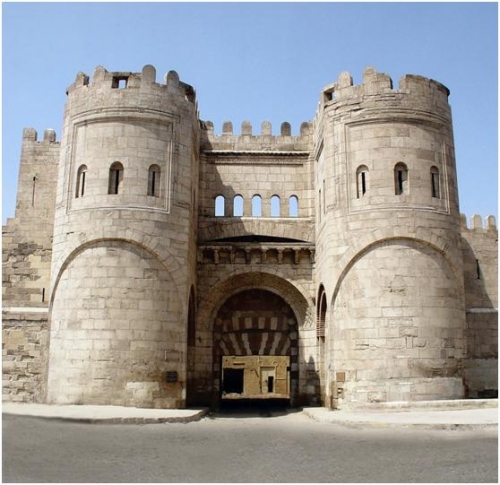
Bab Al Futuh in Cairo was built in 1087 by Badr al-Gamali. It likewise replaced an earlier gate placed somewhat to the South which had been included in the original enclosure wall of Gawhar.
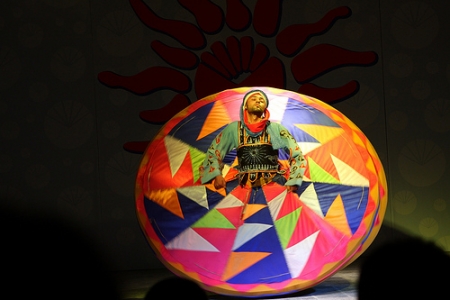
Al-Tannoura Egyptian Heritage Dance Troupe is an architecturally stunning arts centre in El Azhar area in Central Cairo, operating under the Ministry of Culture and the Cultural Development Fund (CDF).
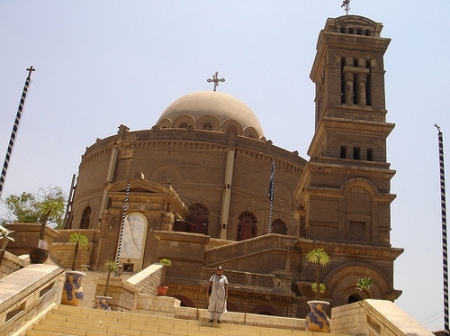
Saints Sergius and Bacchus Church were built to be dedicated to two Martyrs (Sergius and Bacchusand) traditionally believed to have been built on the spot where the Holy Family rested at the end of their journey into Egypt.

Abusir Pyramids and The City of The Dead Egypt is located at 1.2 miles north of Saqqara, but still at some distance to the south of Giza.
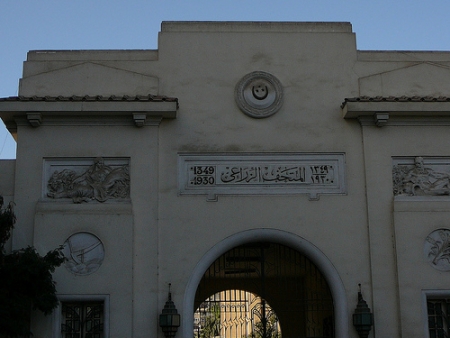
The Agricultural Museum Egypt features a variety of displays about farming practices from ancient times to the present day. Agriculture has played a major role in the Egyptian history and always affected the lives of Egyptians from the days of the pharaohs up to our modern time.
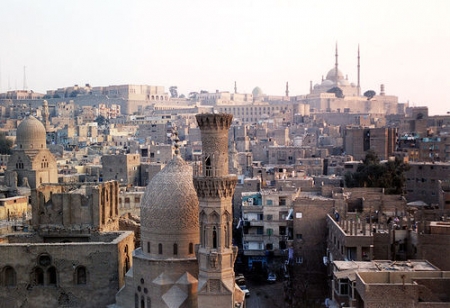
Cairo Fustat is now a part of the 'Old Egypt' area in, Egypt in Al-Fustat City. Egypt is considered the eldest remains in Amr Ibn Alas mosque Al Fustat.

Bab El Nasr in Cairo, which is placed at the northeast corner of the enclosure of Fatimid Cairo, consists of two great square towers, solid for two-thirds of their heights, flanking a very fine arched gateway which is set back 4.54 m.
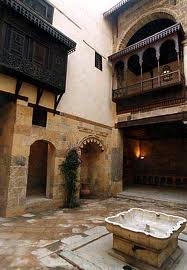
Beit El Sennari is not well known by many tourists who visit Egypt. Situated on a small lane named Haret Monge, just off of a downtown street called Khairat, there are very few tourist attractions nearby
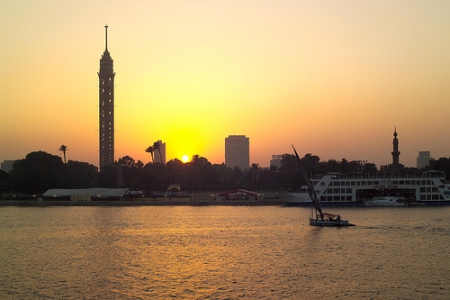
The Cairo Tower or ElGezira tower or ( Brag El qahari) in Arabic language is consider one of the most prominent features of the Egyptian capital .Its partially open lattice-work design is intended to evoke a lotus plant.

Explore Birqash Camel Market in Cairo, where tradition and culture meet. Witness camel trading, local life, and a unique Egyptian market experience.
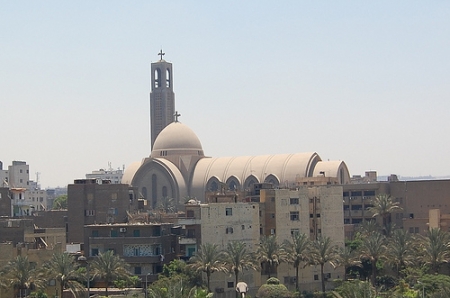
Abbasiya Coptic Cathedral was built in 1968 and inaugurated by President Nasser and Emperor Hilasilasi of Ethiopia when Pope KirolosVI was appointed the Patriarch and Pope of Alexandria and it is considered the largest church in Africa.

Egyptian Museum Cairo contains 42 room. .The museum's ground floor follows the history of ancient Egypt.
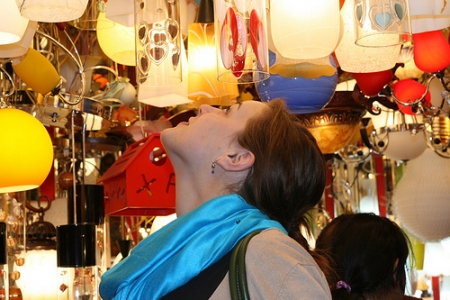
El Mosky Cairo was founded by prince Ezz El Din Mosk; he was a prince in the reign of Al Sultan Salah El Din El Ayobe (Saladin).

Learn about King Tutankhamun treasures and explore the secrets of his tomb, royal rituals, and preserved artifacts.
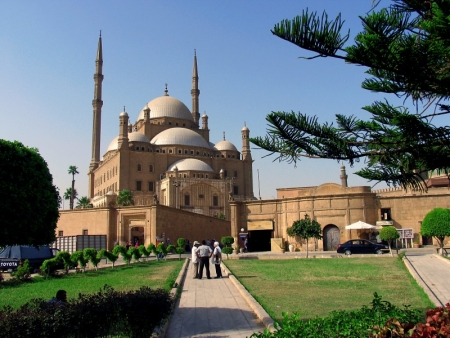
The Mosque of Muhammad Ali is one of the most interesting Mosques in Egypt. It stands proudly on the highest point inside the Citadel of Saladin.
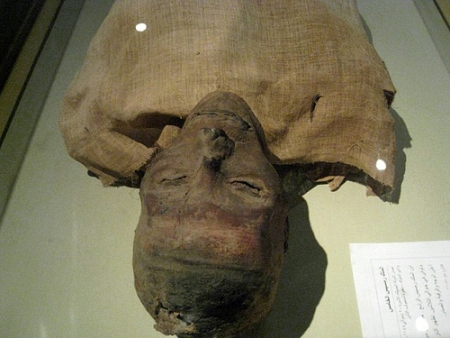
After death, the pharaohs of Egypt usually were mummified and buried in elaborate tombs. Members of the nobility and officials often received the same treatment, and occasionally, common people.
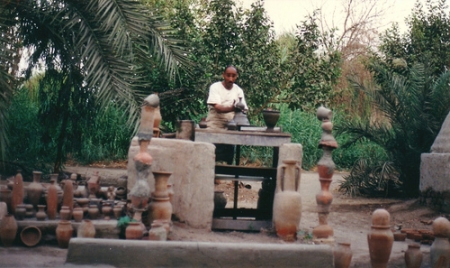
Pharaonic Village is situated in Giza, only a few miles from downtown Cairo. It was built to be a fantastic journey to the days of the pharaohs.
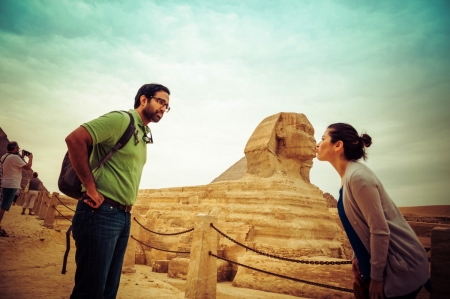
Looking for Great Sphinx Facts? Click here to know when, how and why Sphinx was built?

Babylon Fortress also known as Qasr el Shamee or the candles palace as the towers of the fort were adorned with illuminated candles at the beginning of every month.
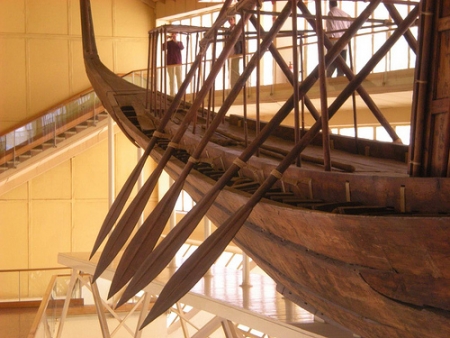
Situated to the south of the Great pyramid, The Solar Boat Museum was established by Kamal El, read more.
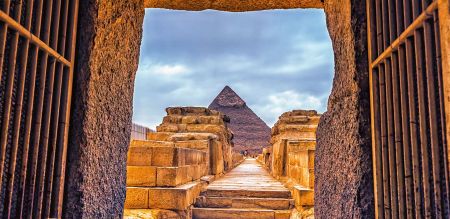
Experience the Valley Temple of Khafre like never before. Explore its purpose, design, and must-see highlights—read the full guide now!
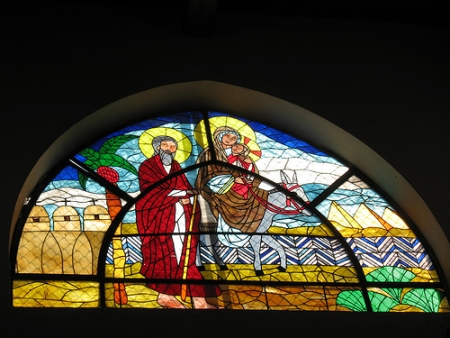
St Mary Church Egypt is situated in Maadi area on the East River bank of the Nile, east of Maadi. It was built as a dedication for the Virgin Mary.

